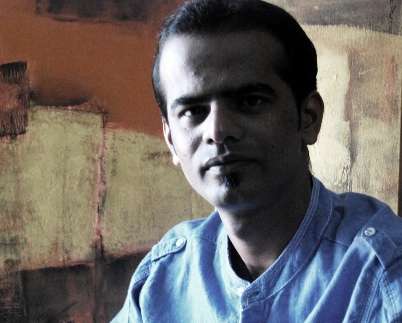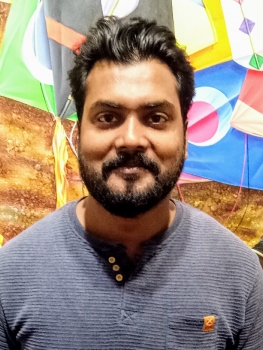Non-figurative abstraction is a beautiful depiction of the imaginative ideas of the artists. Relatively to the fantasy art, this form articulately represents veracity in non-figurative expressions.
Simply put, non-figurative abstract art portrays existent forms in a distinct manner. In fact, abstract art is definitely not form of artwork that came into being due to the thinkers of the 20th century, relative to famous conviction. And even, it didn't originate out of sudden. If you look back into the history of Islamic and Jewish religions, then you will find that human figures were not at all depicted in their paintings. Rather calligraphy and non-figurative art forms were largely used by the artists.
Apart from this, when you will turn the pages of pre-historic times, you will find that people at that point of time used different types of symbols to represent fire, water or thunder, which are today undoubtedly bit arduous for a person to decipher. Nevertheless, those prehistoric art creations do have an everlasting appeal and intrinsic aspects that has never ceased to attract the general populace.
History of non-figurative abstract art:
Wassily Kandinsky has been regarded as the father of abstract art. He started with figurative form of artwork in 1910, however eventually moved on to the non-figurative art forms. Moreover, some other painters like Kasimir Malewich pursued his footsteps and took the art form to a new level. He created paintings mostly with the usage of uncomplicated geometric forms.
In the mid of the 20th century, some key events completely brought in dramatic changes in the customary course of abstraction. Preferential treatment by Hitler to the Jewish, the World War II, and reproach of modern art by the Nazis led to refugee forward-thinking European artists to move to USA. This further instigated arrival of fresh wave in the American art state of affairs, resulting in the beginning of Abstract Expressionism.
What makes abstract art different from other forms of art?
The intrinsic attributes that differentiates abstract art from realism is the flexibility. This form symbolizes things that lie beyond the imaginative discernment of human beings, like reverberation, sentiment or religious experience.
Future of abstract painting
With emergence of newer tools and techniques, traditional style of creating this form of art has evolved, like color field painting and action painting. Forms take unusual shapes, thoughts become contemporary, and fresh ideas arise. However, the fundamental idea behind abstraction remains the unchanged. Non-figurative abstract art certainly has a rich and brilliant future.





















